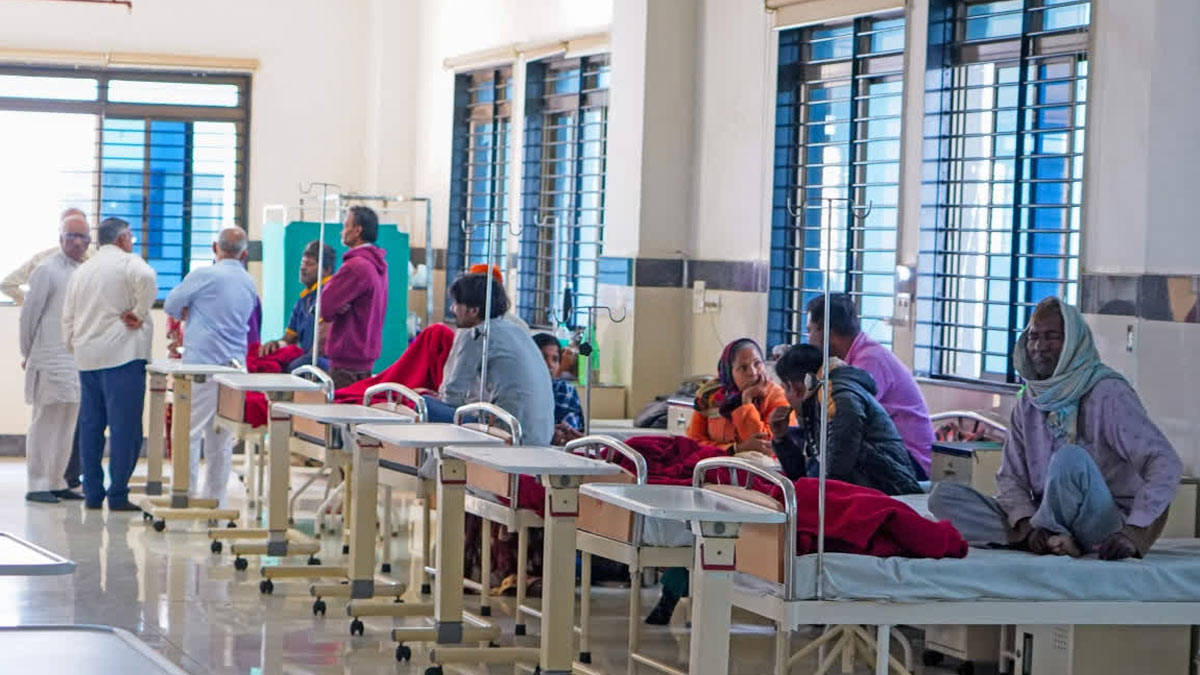
A recent study conducted by Indian Council Of Medical Research (ICMR) has uncovered a surprising and concerning trend: surgical site infection (SSI) rates in India surpass those in many high-income nations. SSIs refers to the infections that occur at and around the surgical incisions. They are the most common healthcare associated infections that can lead to significant health concerns.
Table of Content:-
Key Findings Of The Study
This is India’s first systematic study of the occurrence of SSIs, where the patients were monitored for six months post-surgery. The study analyzed data from 3,090 patients across three major hospitals in India: Jai Prakash Narayan Apex Trauma Centre (JPNATC) in New Delhi, Kasturba Medical College (KMC) in Manipal, and Tata Memorial Hospital (TMH) in Mumbai. The study revealed the overall SSI incidence rate of 5.2%, which is higher than that of high-income countries where the typical rates are between 1.2% and 5.2%. Here are the key findings:

Combination Surgeries And Those With Longer Durations
An increased risk of SSIs was noted in the procedures lasting over 120 minutes and those involving multiple surgical interventions.
Debridement Surgeries
The highest SSI rate noted was 54.2%, seen in the case of surgeries involving debridement, particularly those coupled with amputation, open reduction internal fixation (ORIF), or closed reduction internal fixation (CRIF).
Also Read: Lancet Report Declares BMI an Incomplete Measure of Obesity, Urges Diagnostic Overhaul
Post Discharge Surveillance
Nearly 66% of SSI cases were detected after the patient was discharged. This result highlighted the importance of extending monitoring beyond the hospital stay.

Where Does India Stand Globally
While India's overall SSI rate of 5.2% is comparable to rates in some developing nations, it surpasses those reported in many high-income countries. Globally, the SSI rate stands at 7.3% in Pakistan, 17.4% in Iran, and 17% in Egypt. Such comparisons highlight the need for vigorous strategies for infection prevention and surveillance systems tailored to India’s healthcare context.
Also Read: WHO, UNICEF, And World Bank Partner To Expand Healthcare Access For 8 Million People In Sudan
Challenges In Addressing SSIs
One of the study's most significant observations was the lack of a national surveillance system for SSIs, particularly post-discharge. Without consistent monitoring, many infections go undetected, leading to extended hospital stays, increased healthcare costs, and other related ailments.
The study also found that clean or polluted wound classifications and surgeries with extended durations contributed to a heightened risk of SSIs. These findings point to the urgent need for standardised protocols to reduce infection risks, especially in surgeries requiring extended operative time or dealing with complex cases.
Bottomline
The ICMR study sheds light on a pressing healthcare challenge, revealing that SSI rates in India are higher than in many wealthier nations. By focusing on systematic surveillance, targeted interventions, and adherence to global standards, India can work toward improving surgical outcomes and reducing the burden of infections on its healthcare system.
The findings serve as a call to action for policymakers, healthcare providers, and researchers to prioritize SSI prevention and ensure safer surgical care for patients across the country.
Also watch this video
How we keep this article up to date:
We work with experts and keep a close eye on the latest in health and wellness. Whenever there is a new research or helpful information, we update our articles with accurate and useful advice.
Current Version